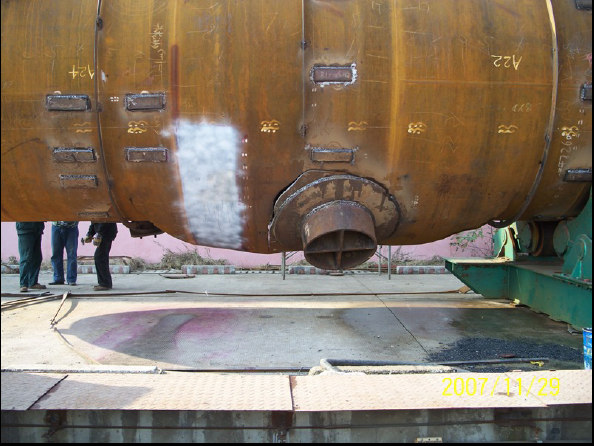Recently there have been several incidents involving improperly installed or poorly maintained carbonated beverage systems that have created hazardous concentrations of carbon dioxide (CO2) in enclosed areas causing restaurant patrons, employees, and first responders to get sick or die. Carbon dioxide in the gaseous state is colorless and odorless and not easily detectable. Carbon dioxide can be deadly even when normal oxygen levels are present. Reaching hazardous levels of carbon dioxide can occur quickly and without warning and result in serious health effects or death. Because gaseous carbon dioxide is 1.5 times heavier than air, leaking carbon dioxide can accumulate at floor level in improperly ventilated or unventilated rooms not necessarily limited to the container’s location and in low areas, such as basements. Even small slow leaks can cause hazardous concentrations of carbon dioxide. Ventilation systems should exhaust from the lowest level and allow make-up air to enter at a higher point to maintain a safe environment.
Potential sources of hazardous concentrations of carbon dioxide, when carbon dioxide systems are indoors or in an enclosed outdoor area can include, but are not limited to:

